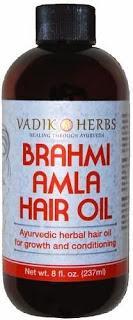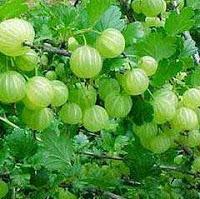
Amla oil is a strengthening oil and one of the most celebrated in it's native continent of India. It has also been used in the alternative medicine practice of Ayurveda. It is an all-natural, plant based oil from the Emblica officinalis tree, otherwise known as the 'Indian gooseberry'. The fruit of the tree is dried and immersed in either coconut oil, mineral oil, or sesame oil for a number of days. The fruit is later removed, and the oil then goes through a filtration and final purification process.
Amla oil has many benefits for hair problems such as helping to prevent breakage, prevent or stop hair loss, promote stronger hair growth from the root, control dandruff, darken graying hair, and aid in scalp issues and inflammation. The oil is more commonly used as a scalp treatment in the practice of Ayurveda but can also be used on the entire hair shaft.

Be mindful, some amla oil brands do contain mineral oil as a base, so be sure to read the product label carefully if this is an ingredient you would prefer not to use. If you're skeptical about hidden ingredients or if you can't locate a quality brand of amla oil, you could also opt for using the powdered form to make an amla paste. The paste is applied directly to the hair, left on for several minutes and allowed to penetrate before rinsing. The fragrance of amla oil is very distinct and can be a little overpowering. It has somewhat of a strong herbal and medicinal odor, and can be a turnoff to some.
Amla oil also contains a significant number of essential fatty acids that your natural hair will love. It is high in vitamin C, flavonoids, polyphenols, protein, carbohydrates, vitamins and minerals.
The oil can be used in a variety of ways such as a much needed pre-shampoo, hot oil treatment, overnight deep conditioner, an additive to shampoo/conditioner, a scalp treatment for dandruff/ itchy scalp, or as a treatment for hair loss and premature graying.
Have you tried using Amla Oil for your natural hair care? If so, what difference did you notice in your hair?
Source 1 | Source 2

